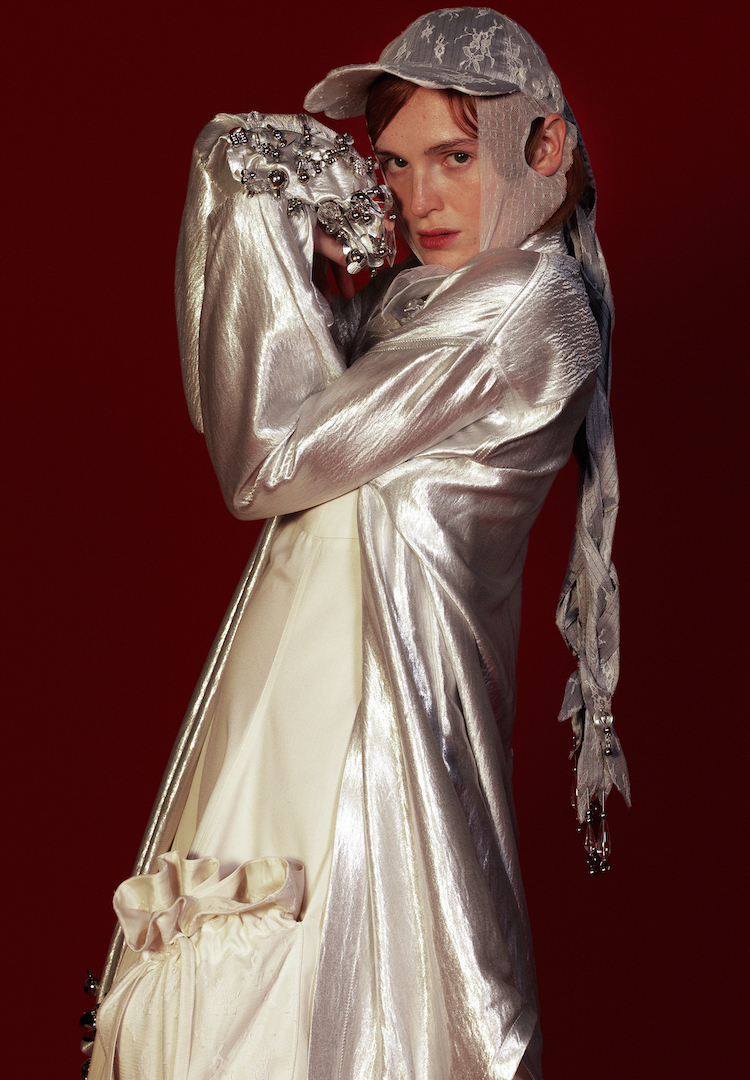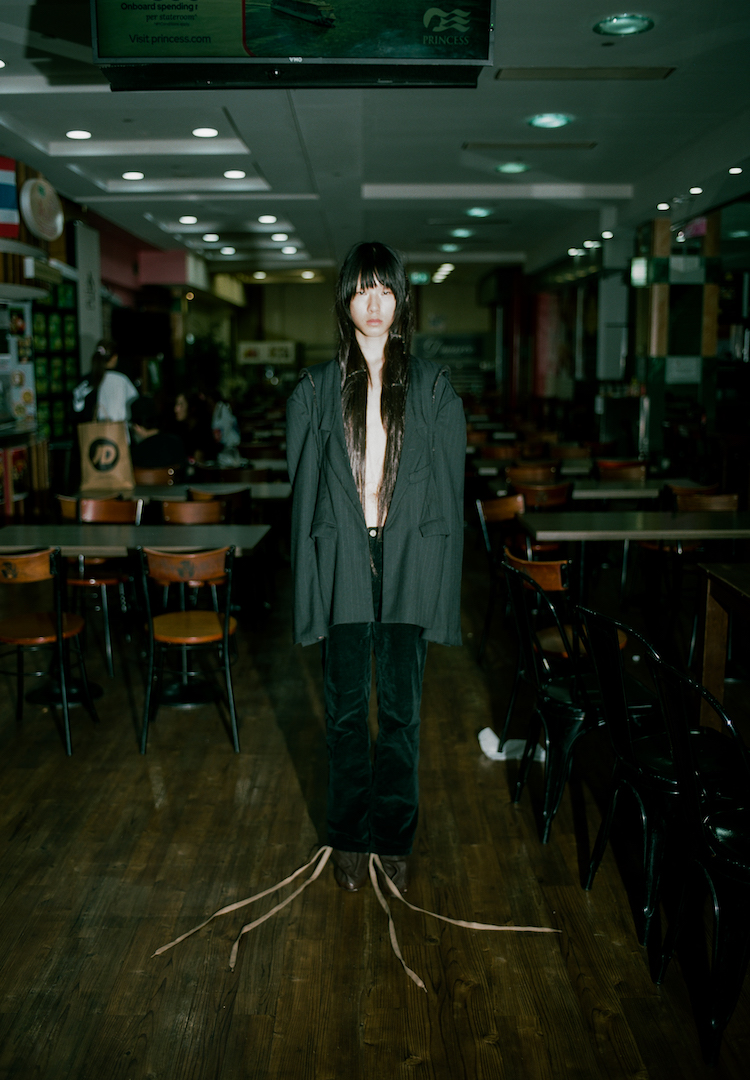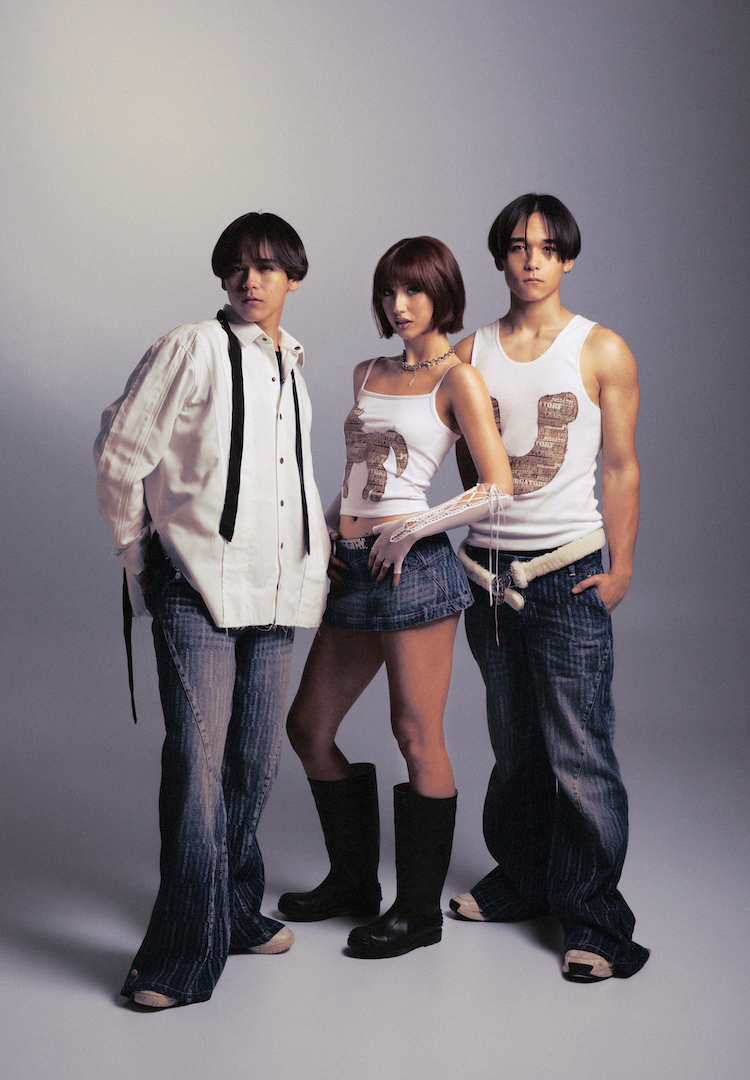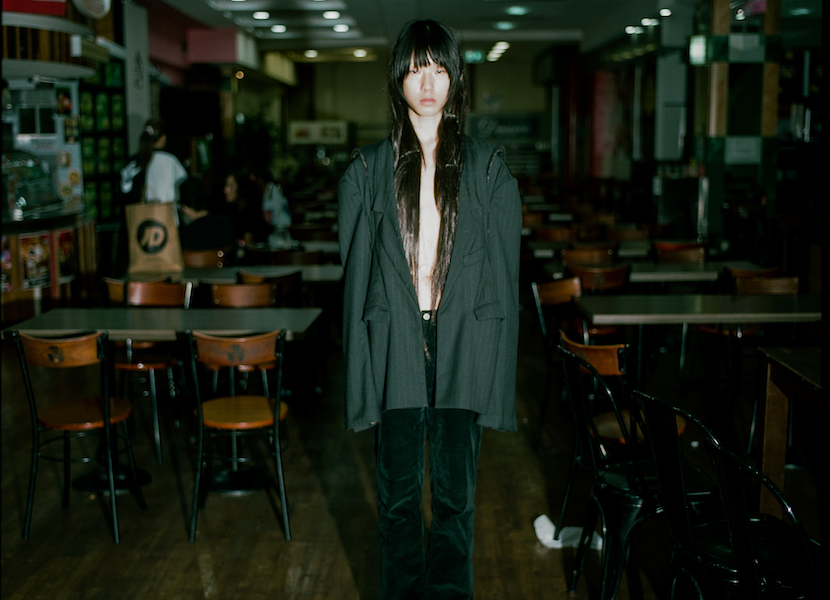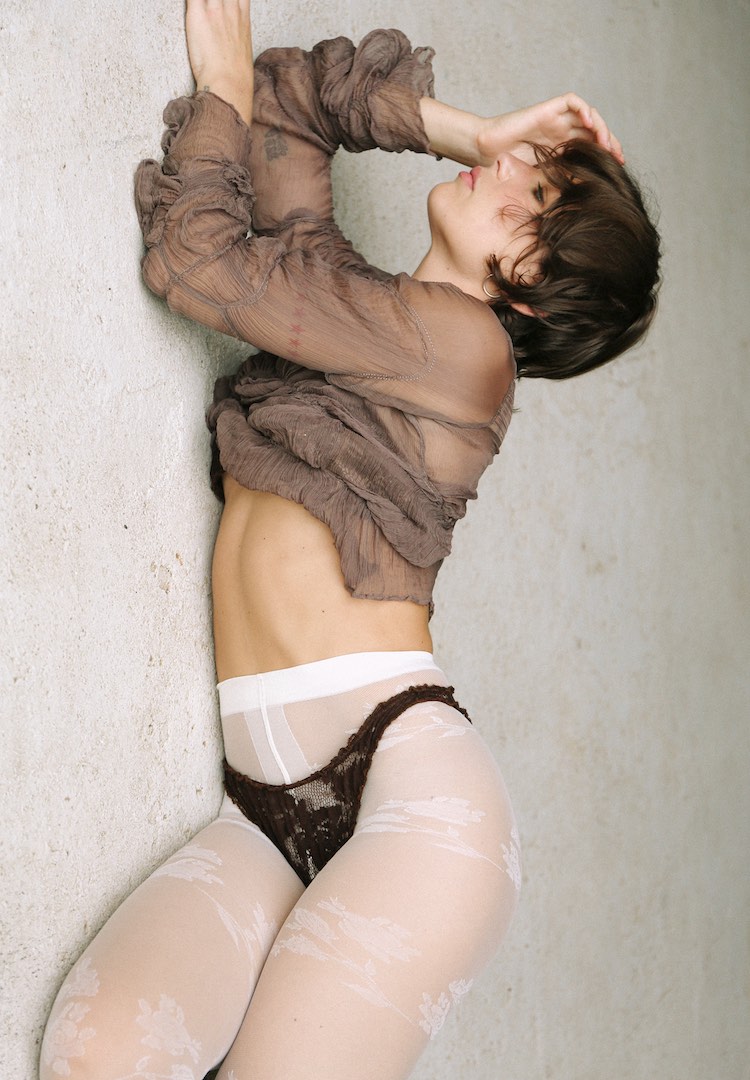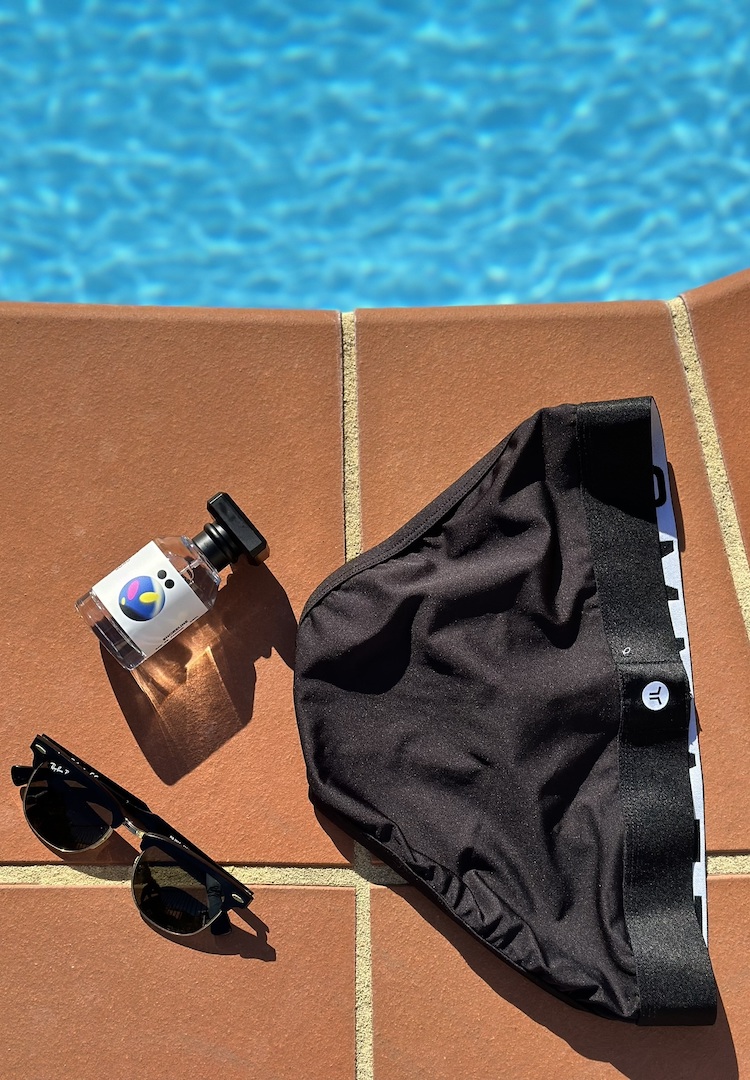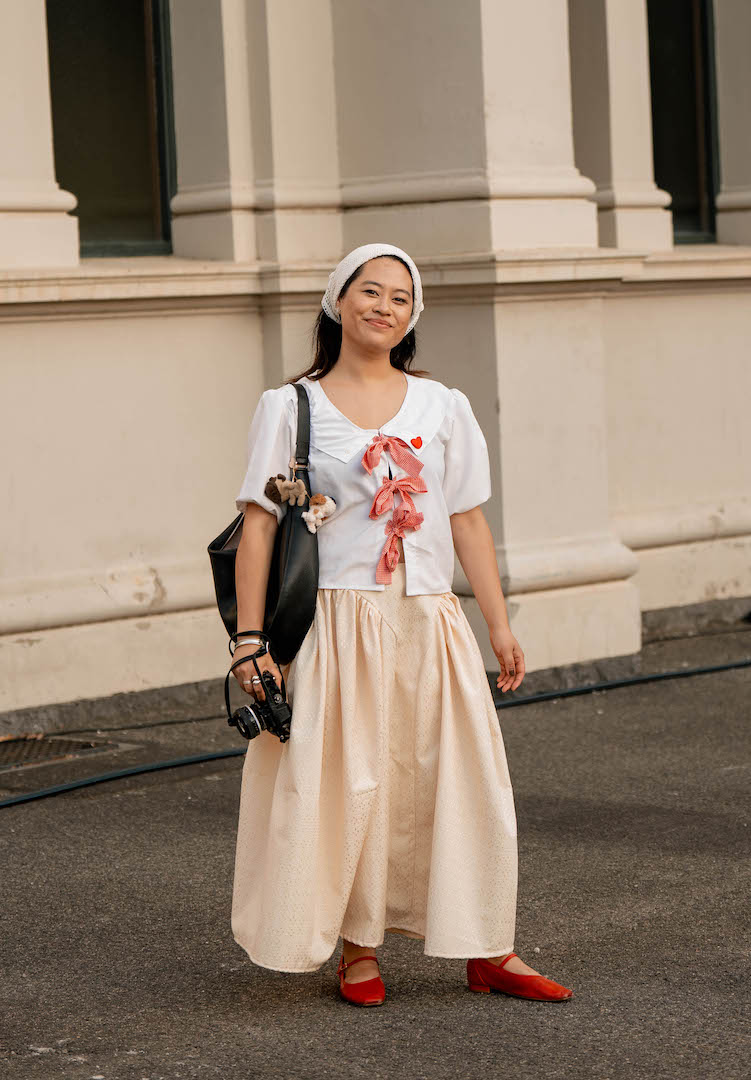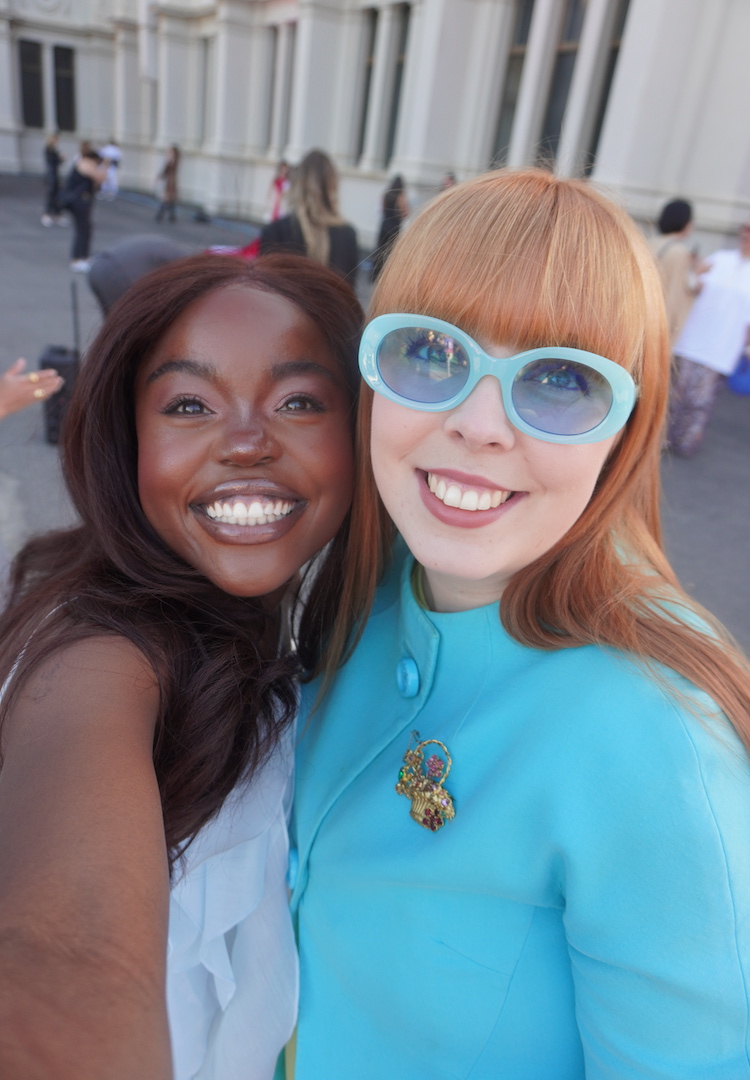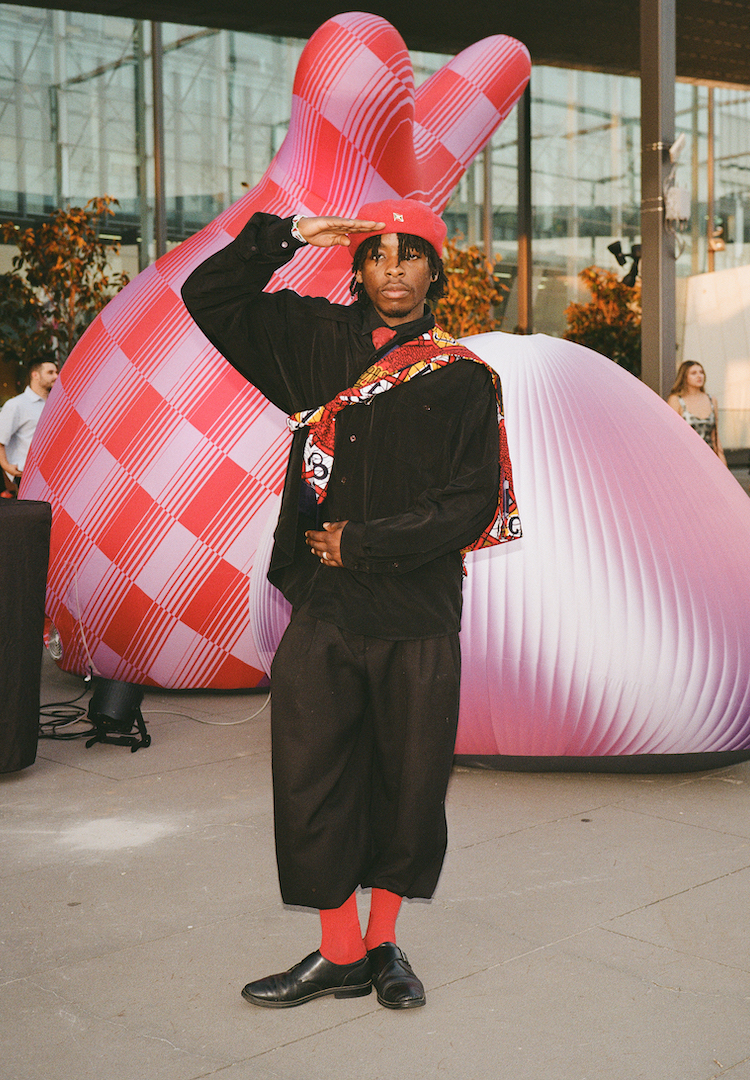Emerging Melbourne designer Kit Looi wants us to consider the stories behind our clothes
WORDS BY YASMIN GOWER
“I hope to spotlight design that requires a slower, more thoughtful type of consumption.”
As an official media partner of PayPal Melbourne Fashion Festival, Fashion Journal is excited to once again be supporting the National Graduate Showcase x Emporium Melbourne, celebrating Australia’s top-ranked emerging fashion design talent. The top 10 leading graduates from across the country will exhibit their collections in a boundary-pushing presentation, showcasing experimental design and innovation.
Looking for more fashion news and features? Head to our Fashion section.
Over the next few weeks, we’ll be profiling each designer through a series of interviews. Next up is Kit Looi. Kit’s graduate collection advocates for slower, more thoughtful consumption, encouraging the wearer to consider the entire story behind what they consume. Below, he tells us about his collection.
Please introduce yourself to our readers.
My name is Kit Looi and my collection is a product of my graduate honours year.
Tell us about your collection.
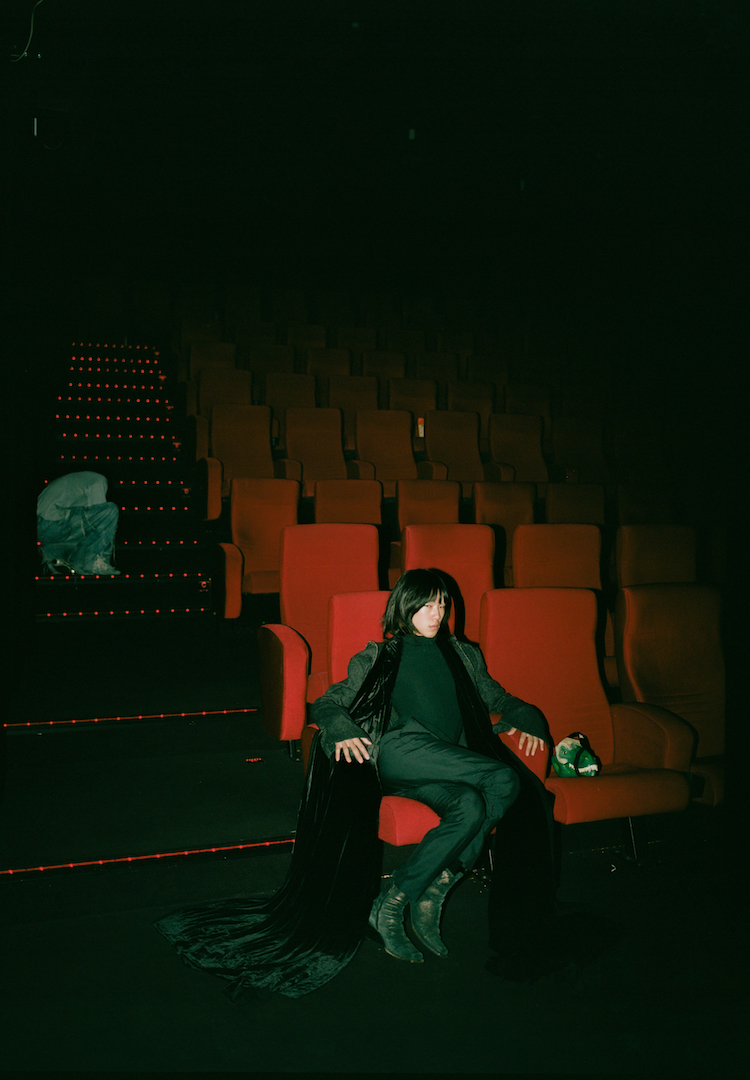
This collection aims to subject itself to formal practices of fashion design through a creative stream of consciousness. The concept of quality is redefined, challenging traditional conventions of handcrafting, specifically to do with tailoring and draping.
Through non-linear and unpredictable design processes, working through iterations means designs are never fully divorced from each other allowing for information from the past, present and future to strengthen the durability of designs.
When did you know you wanted to get into fashion and textile design?
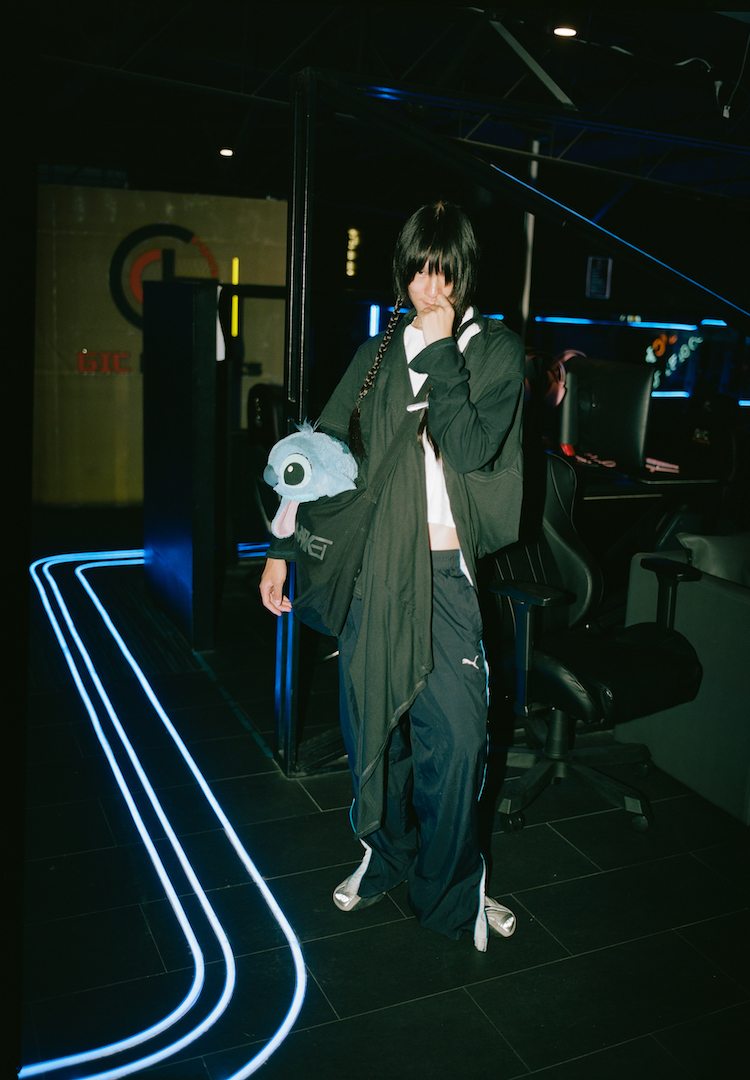
My interest in design and aesthetics has always been a character trait. The curation of my tastes has always been important to me and my motivations to express my curated self eventually led me to fashion where I have since become fond of the processes and presentations of fashion design.
What were the major points of inspiration for your collection, and you more broadly as a designer?
There is no intentional inspiration for this collection, this collection is rather a documentation of techniques and processes of garment craft that have been collaged cohesively together to create garments that are grounded by tacit laws in aesthetics and tradition.
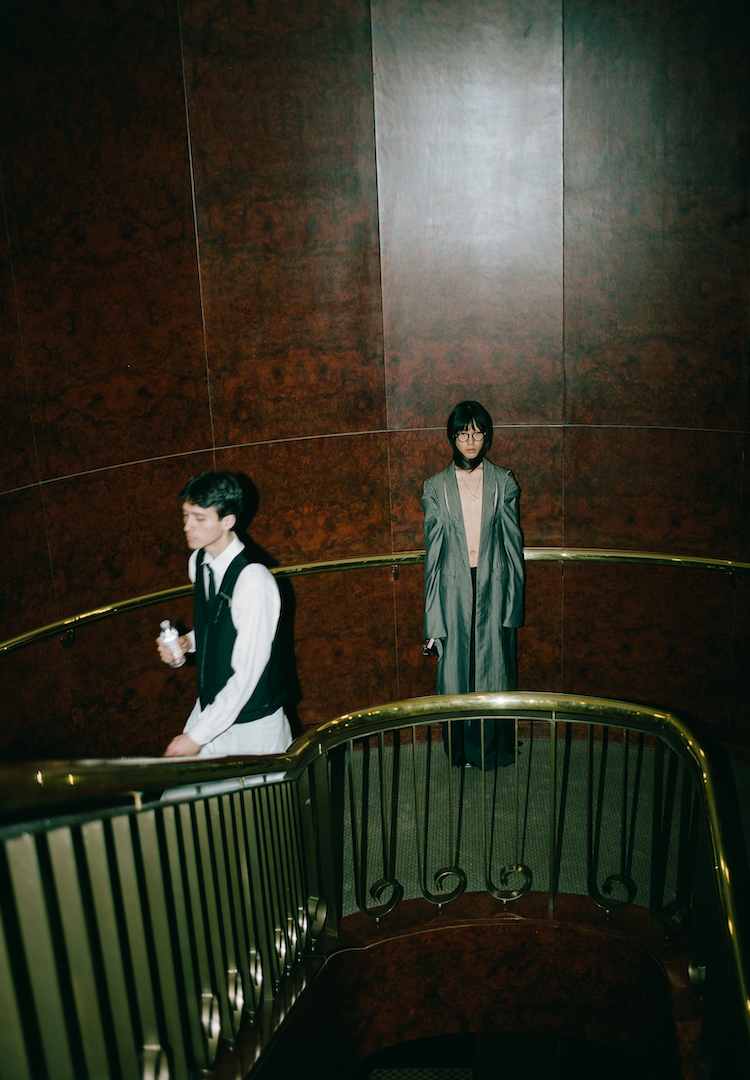
What may have inspired this collection unintentionally was the clothing of my personal tastes which I had been surrounded by during the time of creating the collection. Clothes which I had identified as interesting because of overlapping design languages encouraged me to replicate the same qualities through recursive, iterative and derivative methods of interpretation.
Tell us about the experience of putting together your graduate collection.
During the year in which I produced the collection, the most poignant thing that made me reflect and shift my practice was that there are so many ideas within this practice that have already been done. Originally I had always valued ideas that stemmed from raw originality but after constantly seeing an idea I had thought of in the archive of previous designers, I felt that it was immature to fight the fact that this is a saturated discipline.
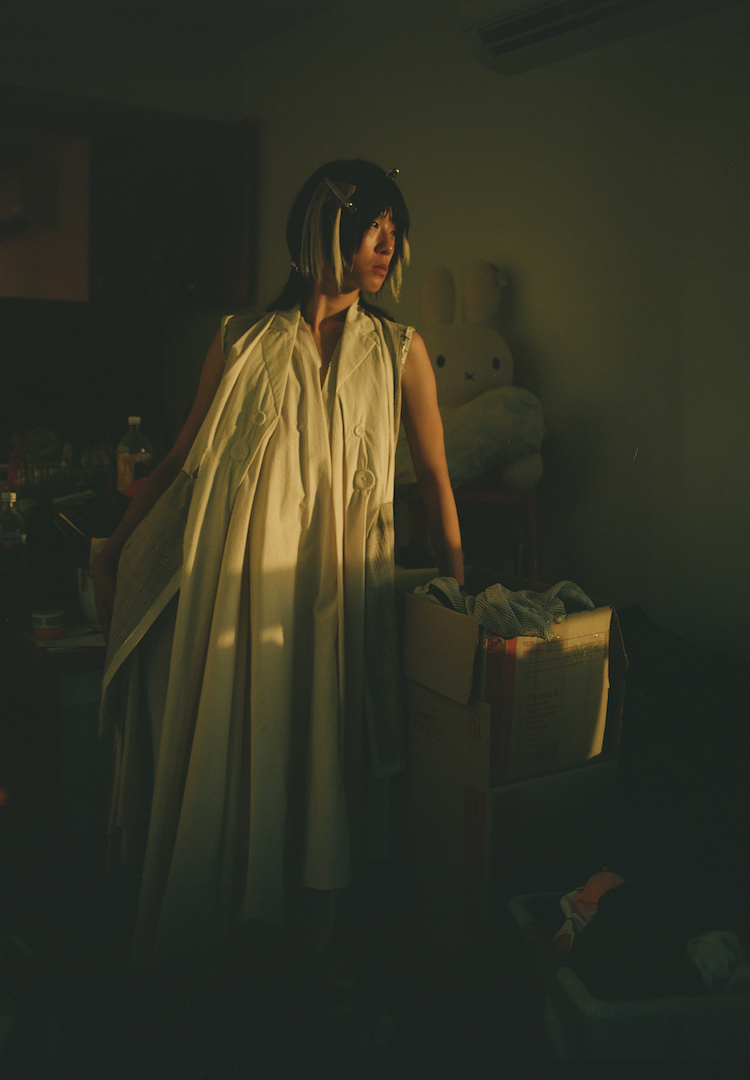
This caused a shift in precedence within my practice to the importance of how a design is executed and expressed and this helped elevate my work to something more unique beyond just the idea since it is the problem-solving and the decisions of a designer which are their valuable assets.
What part does sustainability play in your design practice? And other ethical considerations?
This collection conceptually challenges conservative views of quality in clothing which are typically valued relative to production standards. In doing so, I hope to spotlight design that requires a slower, more thoughtful type of consumption which encourages an audience to be knowledgeable and caring about the entire story of what they consume.
What about the Australian fashion industry needs to change?
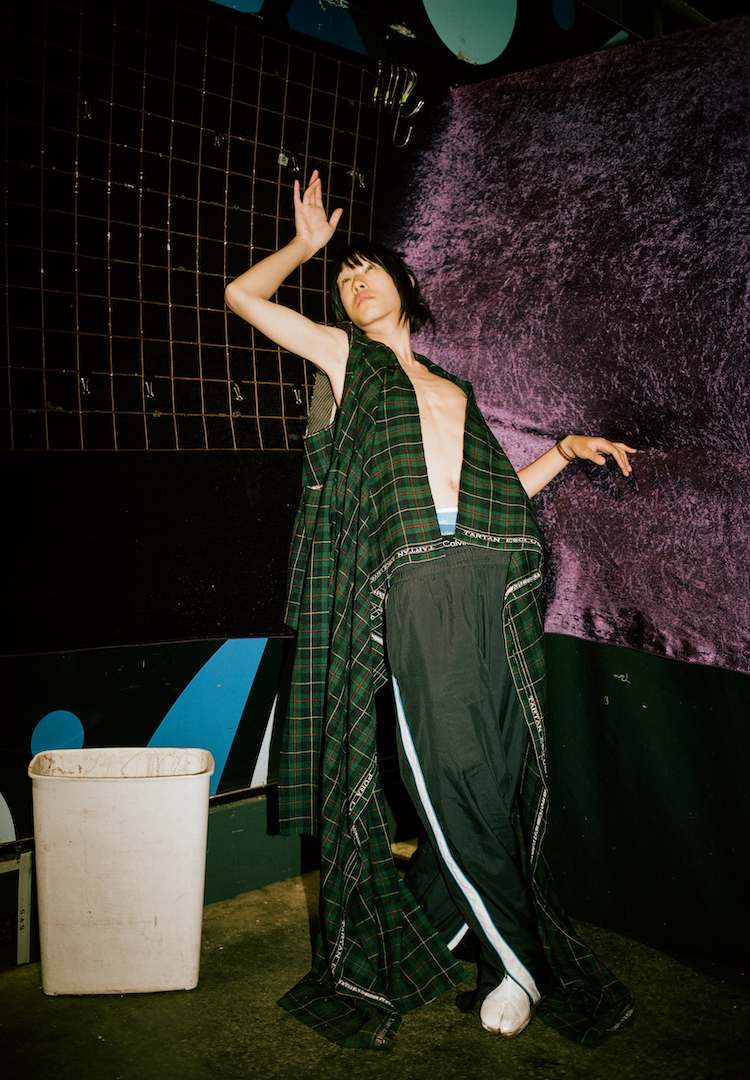
Australian fashion is concerned with the airs and ego of fashion often divorcing itself with the actual empirical and tangible success of design. I think that the industry has lost grounding in traditional values of design, making the parameters of what is good require an explanation when the products should be self-identifiable.
Dream Australian collaborators?
I recently collaborated with photographer Dan Crivelli and model Xinglai Chen in a shoot to highlight the creative strengths of each other through a catalogue of images. Because each of us offered a unique skill set and perspective, working together let us see each other’s work in frames that were unique to our individual practices. I think that was my dream collaboration.
This interview has been edited for clarity and length.
To view more of Kit’s work, head here. You can get your tickets to PayPal Melbourne Fashion Festival’s National Graduate Showcase x Emporium Melbourne here.

